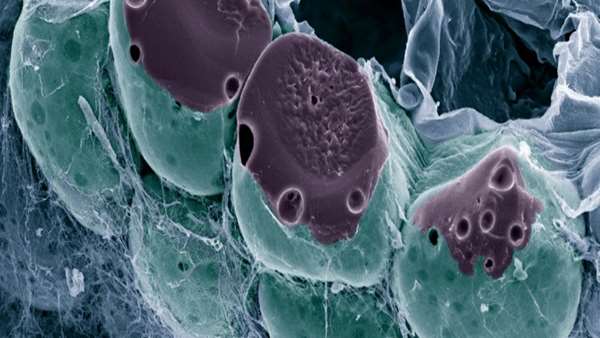A team from Wake Forest Institute of Regenerative Medicine (NC, USA) has collaborated with researchers from Universidad Nacional de Nicaragua (Matagalpa, Nicaragua) to test the use of adipose tissue-derived stromal vascular fraction (SVF) cells for the treatment of non-healing diabetic foot ulcers.
The results of the Phase I study, published in Stem Cells Translational Medicine, demonstrated that the SVF cells could induce blood vessel formation and accelerate wound healing.
“It’s difficult to treat vascular disease and chronic ulcers due to peripheral vascular disease and/or diabetes in resource-poor countries such as Nicaragua,” explained first author of the study, Michael Carstens (Wake Forest Institute of Regenerative Medicine).
“Patients frequently have to travel long distances under poor road conditions to obtain medical care. Revascularization procedures are not economically possible for most of the population, and advanced stem cell procedures that require cell processing facilities represent significant logistical and economic challenges. Under such conditions, non-healing ischemic wounds present patients and physicians with unpalatable choices: chronic pain and risk of infection or amputation.”
The study recruited 63 individuals between the ages of 35 and 70 years who had Type 2 diabetes and chronic diabetic foot ulcers. All participants were candidates for limb amputation.
They were injected with SVF cells derived from their own adipose tissue. “SVF cells can be obtained from a same-day processing of readily accessed and harvested adipose tissue, without the need of a GMP processing facility to manufacture an MSC-based product,” commented Carstens.
Injections were made into the ulcer bed, around the periphery and along the course of pedal arteries (dorsalis pedis and tibialis posterior).
Follow-up assessments of the diabetic wounds were made at 6- and 12-month intervals. After 12 months, 50 of the participants had 100% healing of ulcers while four had greater than 85% healing.
“The healing process was observed to take place in two different directions: from the periphery, as expected, but also by upward proliferation from the ulcer bed,” continued Carstens. “In several cases, newly developed tissue was capable of covering previously exposed tendons. Furthermore, even among ulcers greater than 10 cm2 virtually all patients achieved 85% closure or better by 6 months. No correlation between ulcer size and closure was observed.”
The researchers are hopeful that after further clinical investigation, the SVF injection will become a safe and effective treatment for diabetic foot ulcers and can prevent limb loss.
Refrence: https://www.regmednet.com/adipose-derived-stem-cells-could-help-patients-with-non-healing-diabetic-foot-ulcers/




ارسال به دوستان